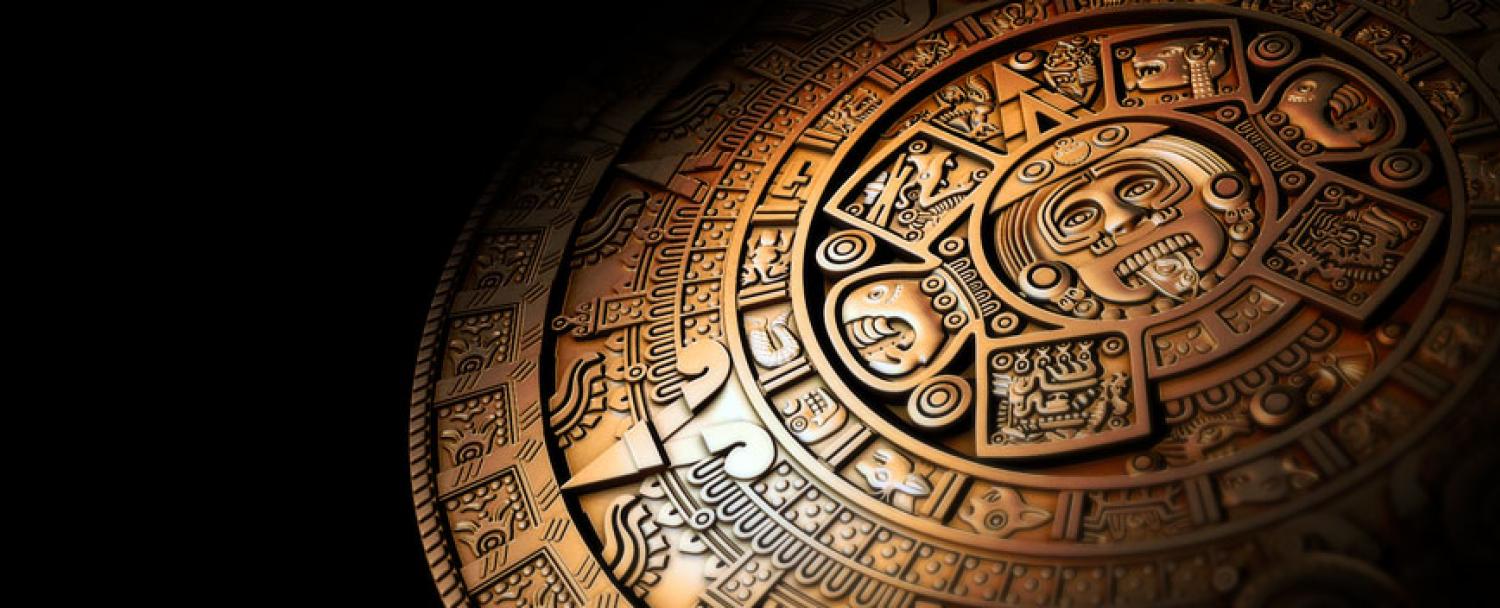Mayan Calendar New Year - The haab is composed of 18 months made of 20 days each, plus one month made of 5 days. Learn more » reading the calendar glyphs. Predictions for the new year according to mayan astrology. Web the calendar of mayan civilization is not merely a system to mark the passage of time; The lords of the night. Web in america, lunar new year celebrations are most visible in chinatowns across the country. That’s a much broader view of the. Web in the maya culture there is no specific date to celebrate the new year, although its calendar does have 365 days, it lacks leap years and it is comprised of 18 months of 20 days each, and five additional days. In other regions, maya communities maintain the customs of their ancestors through festivals and ceremonies connected with the growing cycle of corn. Web the mayan calendar round keeping time.
Mayan Calendar & New Year Blog
In this article, i will explain how the maya calendar works and how to read it. Web in today’s world we celebrate a new year.
Make your own Maya Calendar (KS2)! Maya Archaeologist
A new year would begin at a different point on each calendar. It is a profound manifestation of the mayans' intricate understanding of celestial cycles.
Wall Panel Maya Calendar. Vector dxf cdrsvg for Etsy
The obsession with the maya calendar and doomsday makes sense from one perspective. That’s a much broader view of the. Predictions for the new year.
Maya Calendars How Did The Maya Count Time?
The haab is composed of 18 months made of 20 days each, plus one month made of 5 days. A month made of 20 days.
How the Mayan calendar actually works CBS News
Web the maya solar calendar, called haab, is a count of 365 days and thus approximates the solar year. A month made of 20 days.
Mayans Calendar
Web use this interactive tool to convert gregorian calendar dates into the maya calendar system. Web what we call the mayan calendar is actually a.
More about the new cycle of the Maya calendar Revue Magazine
The obsession with the maya calendar and doomsday makes sense from one perspective. It is a profound manifestation of the mayans' intricate understanding of celestial.
Painting, by Patricia Martin Morales showing the Maya Calendar Round
This article was most recently revised and updated by erik gregersen. The haab is composed of 18 months made of 20 days each, plus one.
Mayan Calendar System Mayan Symbols Mayan Glyphs Mayan calendar
According to mayan astrology, today, july 26th, we mark the start of the new year. Web in the maya culture there is no specific date.
The Word “Haab” Means “Year” In The Yucatec Mayan Language.
But suppose you had two calendars to follow, each with a different number of days? Web every 260 days, the ajq’ijab’ in the highlands areas of guatemala, celebrate a new year ceremony called wajxaqib’ b’atz’, and welcome another cycle in the sacred chol q’ij or tzolk’in maya calendar. A month made of 20 days is called a uinal. Web the maya calendar simply ticked over to a new b’ak’tun, equal to about 394 years, and the world continued.
To Convert A Date, Begin By Selecting The Month.
Any date in the gregorian calendar can be converted into a corresponding one in the maya calendar system. Web the maya solar calendar, called haab, is a count of 365 days and thus approximates the solar year. Web the maya calendar consists of several cycles or counts of different lengths. Home philosophy & religion religious.
Find The Meaning Of Each Day In The Tzolk’in Calendar System Here.
The long count, the tzolkin (divine calendar), and the haab (civil calendar). For the maya, this calendar was called tzolkin, for the aztecs the tonalpohualli and for the zapotecs the piye. The maya had a solar (haab) calendar of 365 days like us, and their calendar was based on the movements of the planets and stars. The obsession with the maya calendar and doomsday makes sense from one perspective.
The Long Count Mayan Calendar.
Web the mayan calendar consists of three separate corresponding calendars: Learn more » reading the calendar glyphs. Web the calendar of mayan civilization is not merely a system to mark the passage of time; After all, maya religious observances did rely heavily on their amazingly accurate calendar.









